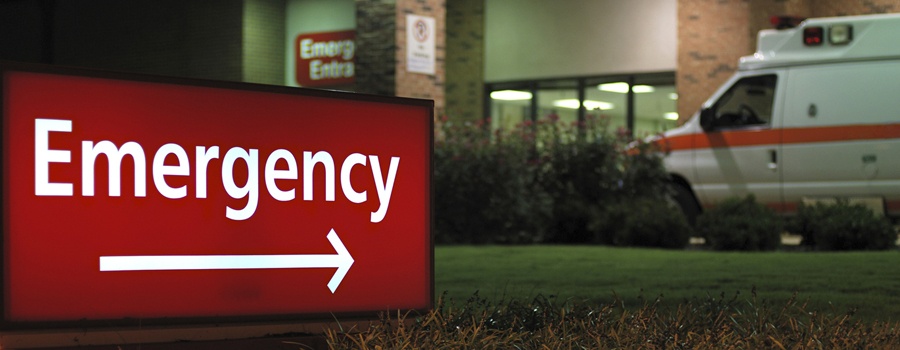Tag: addiction
-

Gov. Ivey Hosts Bill Signing Ceremony for MAT Act
Wednesday, Gov. Kay Ivey hosted a formal bill signing ceremony at the Alabama Capitol for this year’s Medication Assisted Treatment Act (“MAT Act”). Flanked by an array of both state and national leaders, the signing of this legislation represents another step Alabama is taking to combat the drug abuse epidemic and help those struggling with…
-

Attention Primary Care Providers: Alcohol and Drug Conference is March 19-21
See also: Are You Interested in Becoming a DATA-Waived Physician? Alabama Department of Mental Health has partnered with the Alabama Department of Public Health on a grant to increase awareness of substance use disorders among primary care professionals. This grant will allow ADMH to pay the registration fee only for any of the following to…
-

Overshadowed by Opioids, Meth is Back and Hospitalizations Surge
The number of people hospitalized because of amphetamine use is skyrocketing in the United States, but the resurgence of the drug largely has been overshadowed by the nation’s intense focus on opioids. Amphetamine-related hospitalizations jumped by about 245 percent from 2008 to 2015, according to a recent study in the Journal of the American Medical Association. That…